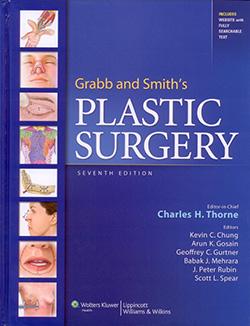
All surgical procedures come with a risk of complications, and facelifts are no different. Luckily facelifting has become a standard, reliable procedure so complications do not occur frequently. If you are thinking of getting a facelift, you should be aware of the kinds of complications that may arise, how often they occur and how best to avoid them. So what types of complications can occur?

Fat grafting at the time of facial cosmetic surgery, such as a facelift or blepharoplasty, is a routine part of the procedure for many patients. As described below, that is because facelifting only treats one aspect of the aging process: sagging. The addition of fat treats one of the other components of aging: atrophy.
Read moreShould I have fat grafting at the time of my facelift?

One of the most common reasons for seeking rhinoplasty advice from a plastic surgeon is the concern about a “hook nose.” These patients are generally more concerned with their appearance in profile rather than when viewed from the front. Patients often say, “I hate to be photographed from the side.” Correcting the hooked nose is a standard part of many rhinoplasty procedures and it is one of the maneuvers that is associated with the happiest patients! “You have changed my life,” or “I never thought I could look this good” are common statements from patients who have this particular “deformity” corrected by a nose job.

Everyone hates their jowls. Other than changes around the eyes, the development of jowls is the most common complaint that people have regarding the aging face. What are jowls? When the skin and fat in the lower cheek become loose and begin to obscure or hang over the jawline, that is jowling. Most people develop those changes in the lower cheeks before they develop excess skin in the neck. There are some people where the neck changes occur first, but they are in the minority.

Rhinoplasty is a popular plastic surgery procedure for improving the appearance of the nose. It changes the shape of your nose by correcting issues such as a hump, a wide or large nose, or a plunging nasal tip. Rhinoplasty can also be combined with septoplasty or turbinectomy to improve breathing difficulties and this is where insurance comes in.

Dr. Thorne is the Editor-in-Chief and the author of several chapters in Grabb and Smith's PLASTIC SURGERY, 7th Edition.
